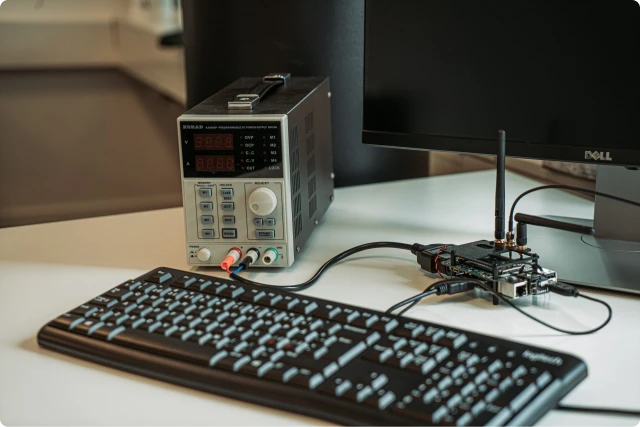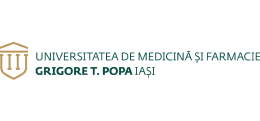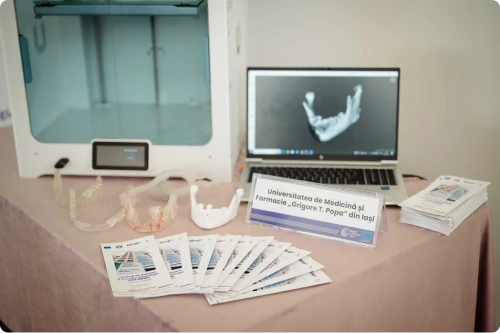Test before invest
The importance of preventing intrahospital infections is recognized both worldwide and in Romania. The World Health Organization (WHO) has active concerns in the field by publishing the Guidelines for the Prevention of Nosocomial Infections.
The prevention of single cases of intrahospital infection, as well as to limit the effects and spread of epidemics of intrahospital infections, can be achieved by using visualizations and reports that facilitate the work of epidemiologists in identifying patient zero and the means of spread.
The proposed cyber-physical system consists of a network of wireless sensors capable of real-time monitoring of the clinical environment, the presence of people in a room as well as the detection of their actions. The aim is to target the most common sources of infection as well as the most common ways of their transmission, known from the specialized literature.
The system will monitor several clinical scenarios that are known to play a role in the transmission of nosocomial infections, based on a rules engine with the help of which it will be possible to define the hygiene rules that want to be monitored and respected:
The system is flexible and allows its implementation in clinical units with different requirements, as well as the customization of the monitored flows for each individual location.
The system includes the following components:



Asistența pentru autonomie la domiciliu permite controlul la distanță al locuinței, alături de asigurarea unui trai independent al persoanelor în vârstă și/sau care suferă de boli cronice. Soluțiile ICT pentru assisted living au o relevanță deosebită în contextul unei societăți europene aflate într-un proces accelerat de îmbătrânire: se estimează că până în 2060, unul din trei europeni va avea vârsta peste 65 de ani, iar raportul dintre persoanele active în câmpul muncii și cele inactive va evolua de la 4:1 în prezent la 2:1.
Monitorizarea de la distanță (la domiciliul pacientului) a parametrilor vitali (frecvență și ritmul cardiac, glicemie, tensiune arterială, saturația de oxigen etc.), variabile de mediu (domotică) va permite medicilor să identifice schimbările în starea pacientului de îndată ce acestea apar, astfel încât să se poată interveni în timp util dacă este necesar. De asemenea pacientul poate fi în contact continuu prin intermediul unei tablete sau smartphone cu echipa de asistență medicală care îi monitorizează starea.
Odată ce evenimentul acut a trecut, sistemul de monitorizare poate fi returnat și redistribuit pentru un nou pacient. Sau, în cazul în care pacientul are o afecțiune cronică, acesta continuă să poarte dispozitivul și își menține monitorizarea obișnuită.
Un astfel de sistem diversifică serviciile oferite de o firmă de îngrijiri la domiciliu și va juca un rol din ce în ce mai important în structura asistenței medicale.
